Optimal Seasons for Concrete Pouring

Ways to make Concrete Installations work in tight or awkward layouts.
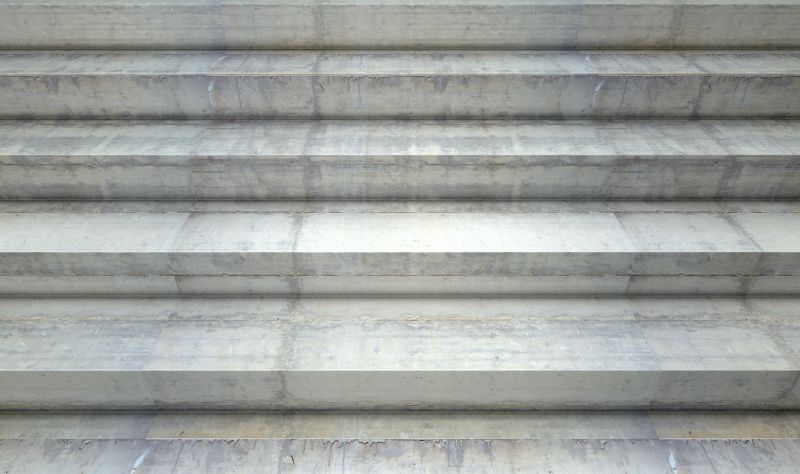
Popular materials for Concrete Installations and why they hold up over time.

Simple add-ons that improve Concrete Installations without blowing the budget.
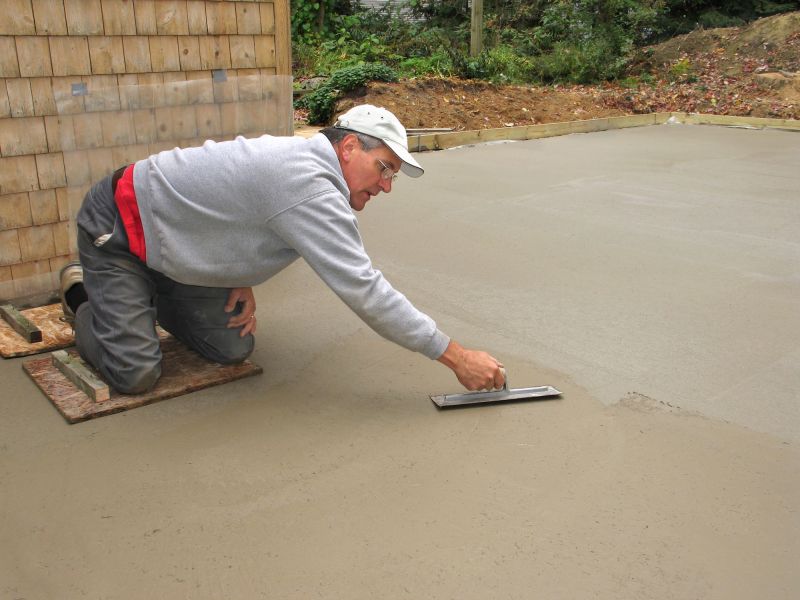
High-end options that actually feel worth it for Concrete Installations.

Finishes and colors that play nicely with Concrete Installations.
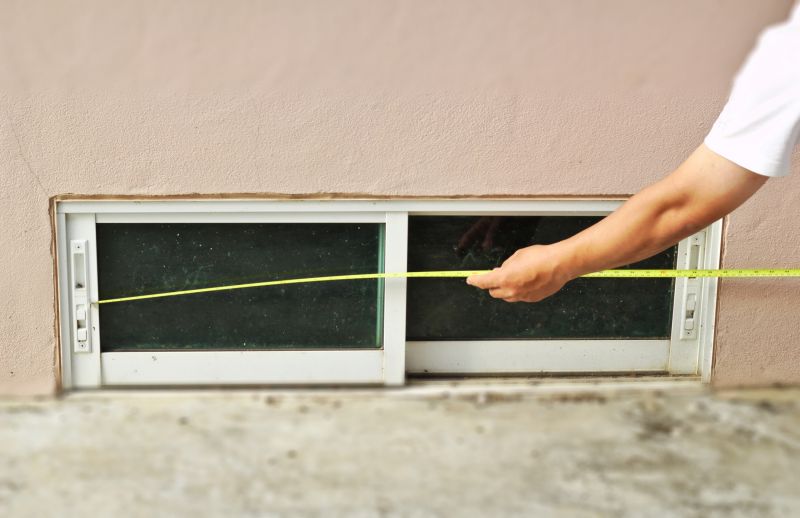
Little measurements that prevent headaches on Concrete Installations day.
Concrete installations are most effective when performed during specific seasonal conditions. The ideal time for pouring concrete is during moderate temperatures, typically in spring and fall. During these periods, temperature fluctuations are less extreme, reducing the risk of cracks and curing issues. Spring offers the advantage of lower humidity and milder weather, which promotes proper curing. Fall provides similar benefits, with cooler temperatures and less direct sunlight.
Performing concrete work in summer can be challenging due to high temperatures and increased evaporation rates, which may lead to rapid drying and cracking. Conversely, winter installation is generally discouraged unless proper measures are taken, such as heated enclosures or additives, because freezing temperatures hinder proper curing and can weaken the finished product. Statistics show that concrete poured in optimal weather conditions has a lower failure rate and longer lifespan.
Temperature and humidity levels significantly influence concrete curing and strength development.
Temperatures between 50 and 85 degrees Fahrenheit are optimal for concrete installation.
Monitoring weather forecasts helps determine the best days for pouring concrete.
Proper planning ensures concrete can be installed during suitable weather windows.
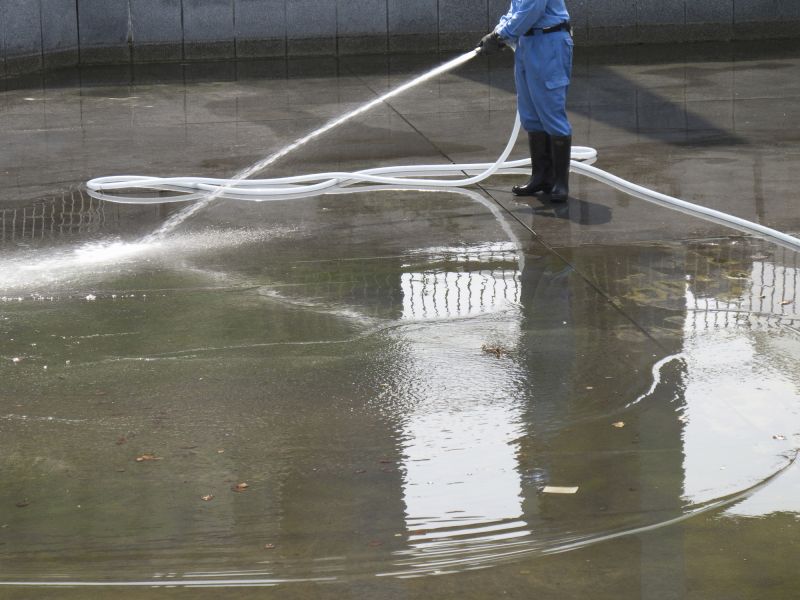
A 60-second routine that keeps Concrete Installations looking new.

A frequent mistake in Concrete Installations and how to dodge it.

Small tweaks to make Concrete Installations safer and easier to use.
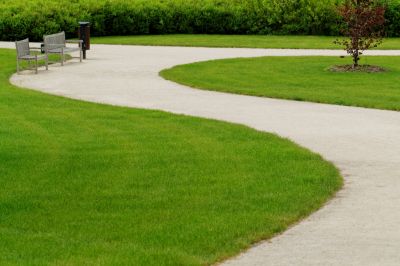
Lower-waste or water-saving choices for Concrete Installations.
Concrete installation is a precise process that benefits from careful timing. Proper scheduling aligned with favorable weather conditions ensures the longevity and strength of the finished surface. Planning ahead and considering seasonal weather patterns can help mitigate issues such as cracking, improper curing, or delays caused by adverse conditions. Accurate timing contributes to achieving a durable and high-quality concrete surface.
| Season | Recommended Conditions |
|---|---|
| Spring | Moderate temperatures, low humidity, minimal rain |
| Summer | Early morning or late evening work, shade, and water curing |
| Fall | Cooler temperatures, dry weather, stable conditions |
| Winter | Avoid unless using special heating measures or additives |
| General | Monitor weather forecasts for optimal installation days |
Understanding the best times for concrete installations can significantly influence the outcome of a project. Properly timed work reduces the risk of cracks, surface defects, and curing issues, ultimately extending the lifespan of the concrete surface. Consulting with local weather patterns and planning installations accordingly ensures optimal results.
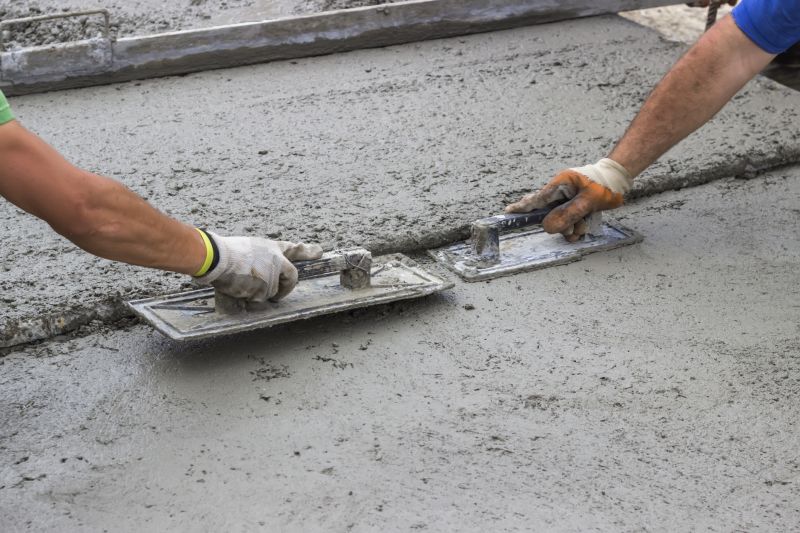
The short, realistic tool list for quality Concrete Installations.
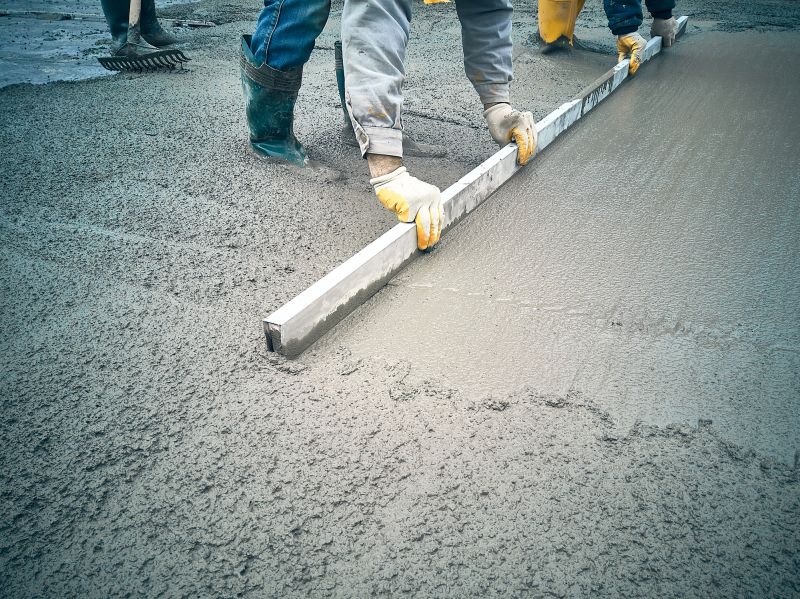
Rough timing from prep to clean-up for Concrete Installations.
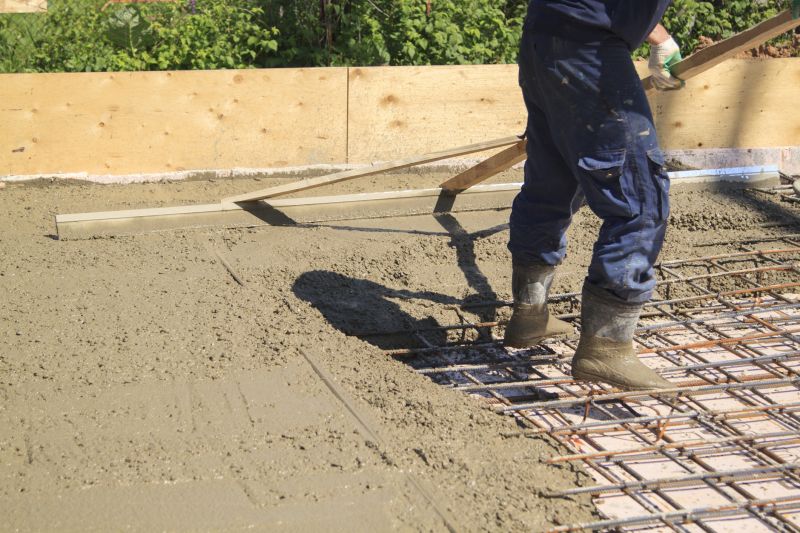
Quick checks and paperwork to keep after Concrete Installations.

Examples that show the impact a good Concrete Installations can make.
Interested parties are encouraged to contact for further information about scheduling concrete installations. Proper timing and planning are essential for achieving high-quality results that stand the test of time.



